Long hours on ice-covered roads coupled with continual concentration seeped deeply into our bodies. After nearly 30 tanks of diesel and 10 days of white wonderlands, we neared the end of our Arctic journey, completing the 2020 Alcan 5000 Rally. What started as a pipe dream to pilot an old, right-hand-drive diesel deep into the Arctic turned into stark reality. We prepared, we rallied, we finished.
Sideways snow and dicey drifting nearly sent us off the road a few times. The stunning scenery was mated with Mother Nature’s cruelty as others weren’t so lucky and found themselves closer to its fury than they anticipated. Broken winch bumper welds and body damage adorned even the most-seasoned rally rigs.
Expect Vehicular Damage
Approximately 40 teams competed for the 2020 Alcan 5000 Rally crown. Ralliers had a plethora of issues during the 10-day competition. These included but weren’t limited to:
- Flat tires
- Seized engine
- A broken ankle
- Failed alternator
- Front driveline failure
- Tons of torn CV boots
- Severe engine oil leak
- Freezing/stuck shift linkage
- Finding four lug nuts hand-tight on Day 1
- Cracked and chipped windshields and fog lights
- Front bumpers and body damage from ditch diving
- A totaled Subaru Forester XT that finished the rally in third place!
But, it wasn’t all about broken body parts and bruised egos; it was about a rally community that helped each other no matter what the issue was. As competitors traversed over 5,120 rally miles, a helpful and determined atmosphere took shape. Buddy cars and comms assisted those in need. Competitors of all ages came together to compete in a rally of epic proportions: Seattle to Inuvik (and potentially Tuktoyaktuk and the Arctic Ocean). Then, venturing back down to Whitehorse and sliding over to Fairbanks before finally finishing in Anchorage.
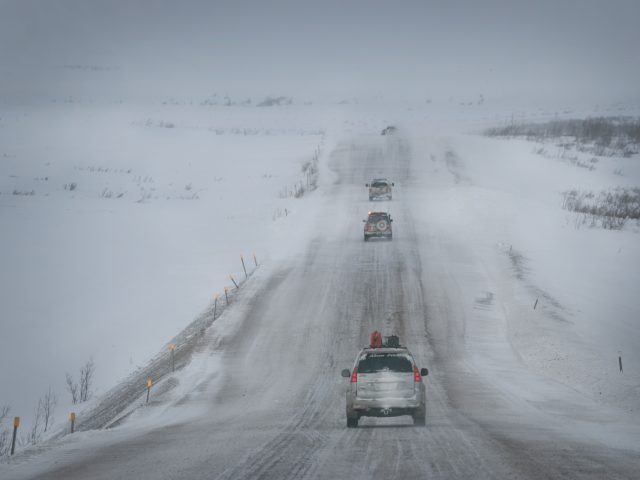
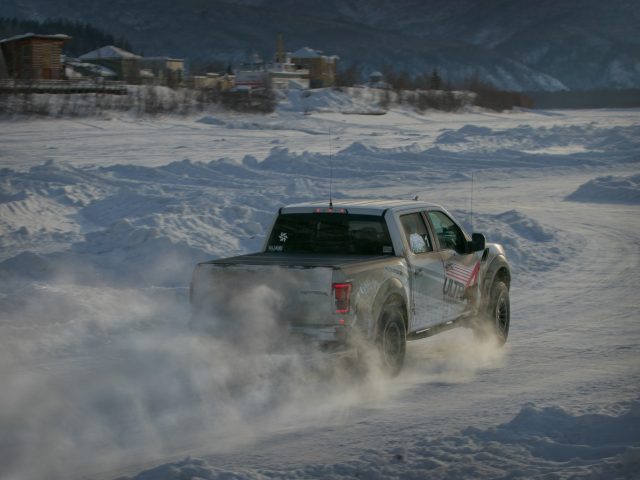
What is the Alcan 5000 Rally?
The winter Alcan 5000 Rally, simply put, is one of the most extreme TSD (time, speed, distance) rallies in North America. This 10-day rally boasts extreme driving conditions while following a printed route book, sub-zero temps falling to -40° and beyond, and can showcase blizzard conditions (like it did for us near Pink Mountain). Add to that ice racing in Dawson City and optional excursions to Tuktoyaktuk (Northern Territories), Coldfoot (Alaska), or Aklavik (Northern Territories), via a legitimate ice road, and you’ve just completed an Arctic trip of a lifetime—as we did.
Pro Tips for Preparation
Although we can give you dozens of tips for Alcan 5000 rally success, these five tips were critical to our completion.
1) Select a vehicle properly suited and capable of finishing the rally. Find a 4×4, AWD, or even a front-wheel-drive chariot of choice that has solid, three-peak-rated winter tires (with or without studs), runs strong and has been mechanically reviewed, has enough storage space for spare parts, emergency supplies, clothing, and at least one full-size spare tire, and that you don’t mind being damaged or wrecked.
2) Practice TSD rallies. Understand TSD rally basics like maintaining a consistent speed, understanding how to calculate an odometer or odo reading correctly (especially if yours is off due to a tire size variance, etc.), and how you react under stressful situations. TSDs are perfectly timed; even a small error can create havoc. Practice, practice, and then practice some more. Once you’re comfortable staying on course, then start calculating incremental time and other hacks to help you stay on track timewise. This was our first attempt at calculating interim times, and it was more difficult than I thought.
The Alcan 5000 isn’t a rally that throws “tricks” at you to catapult you off-course intentionally. Rally organizers want you to survive the Arctic, but it does have detailed turn-by-turn directions during each mini time/speed/distance rally, and transit times can last up to several hours each. Every day is carefully laid out in a spiral-bound book. This is your bible; they give you two of them. Don’t lose them.
3) Good communication. Being able to talk with your teammate in a calm and concise fashion is instrumental—if communication starts breaking down, then the rest is history. What sets you off? What does your partner(s) struggle with? How do you expect to handle situations when your driver gets you stuck or you get them lost? Come up with a safe word in case the worst happens. Use it only as a “time out” to hopefully reset and resume rally mode.
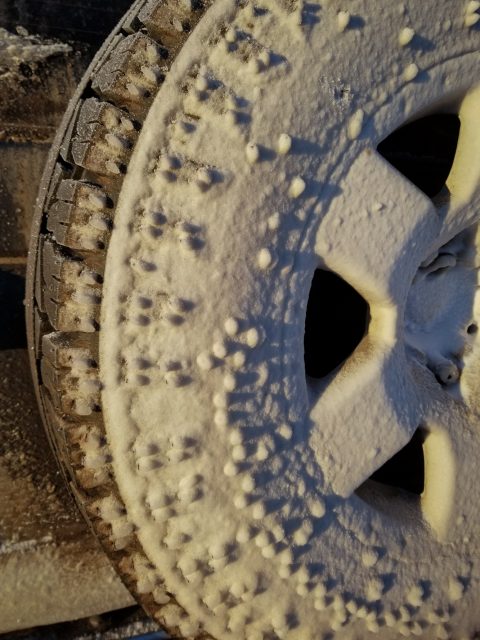
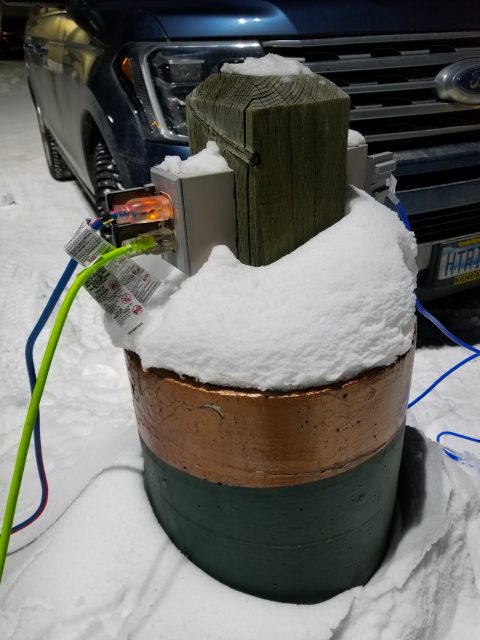
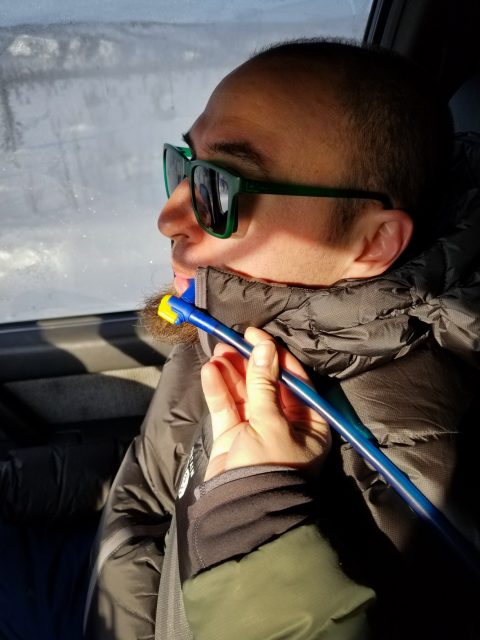
4) Keeping your body nourished and well taken care of. The Arctic is cunning; not only is it frigid, but it’s also very dry up there. Your body uses more energy than you think: hydrate, hydrate, hydrate, and keep eating all day long. We stashed high-protein items like peanut butter packets, beef jerky, and cheese sticks in our Pajero and kept a CamelBak full of water at the ready. Additionally, we stashed extra water in double-walled thermoses to lessen the chance of them freezing (although we still brought them in every night). We mixed every other water vessel with Nuun tabs to aid in nourishment.
5) Invest in premium clothing and accessories. Good quality gear kept us from freezing and made a strenuous winter 10-day rally in the Arctic bearable. We purchased boots rated to -65°, solid base- and mid-layers, down jackets and overcoats, as well as ski-style pants—all with premium materials and breathability features. Additionally, warm wool hats with Polartec inner lining, waterproof mittens with thin gloves used as liners, and thick socks rounded out our Arctic closet.
Final Thoughts
Of 38 vehicles that started the 2020 Alcan 5000 Rally, 37 teams finished (Subaru car #17 had issues with their alternator and brakes, but ultimately their engine developed rod knock and seized). It was towed the last 100+ miles to the finish line. Each team who finished the rally under their own power received a Finisher Award. Teams who earned the Go Farther Award accepted all optional drive challenges and completed them successfully, and those who captured the top three spots in each class received yet another award.
Our team, Crankshaft Culture, had a goal of finishing and finishing strong (at minimum, under our own power). We did that, plus much more. Our 1991 Mitsubishi Pajero had zero problems and carried us to victory: recipients of the Finisher, Arctic, Go Farther, and Second in Class awards. We even successfully followed in the legendary late off-road racer Rod Hall’s footsteps as a tribute vehicle—he ran a sister rig, a Dodge Raider, in the 1986 Alcan 5000 competition.
Six months of researching, planning, purchasing, and installing paid off. So much so that we’ve already signed up for the next rally: summer 2022.
What ended up being over 7,230 miles to get to, compete in, and get home after the rally taught us a lot. In particular, with proper vehicle selection, preparation, and execution, anyone can conquer the winter Alcan 5000 Rally, the Mother of all competitions.
Sidebar
The 2020 Alcan Winter Rally was the 25th Alcan 5000 event. The rally first started in 1984 as summer-only then added challenges for 1985, 1986, and 1987.
In 1988, rally owner Jerry Hines created the first Alcan Winter Rally as a new challenge. It has stayed a grass-roots type rally, and 2020 was their 11th winter event. In 1990, the rally boasted its longest route: 6,275 miles. But, 2020 earned Alcan’s highest-ever difficulty rating due to three separate issues:
- Closed fuel stops: This often happens in remote places, but on Day 2, a power outage affected 100 miles of major highway halfway between Prince George and Dawson Creek, forcing many ralliers to refill fuel via jerry cans in sub-zero temps.
- Blowing snow: Common in the far north, but the evening of Day 3 saw variable whiteout conditions for 100+ miles of Alaska Highway between Fort St. John and Fort Nelson.
- Drifting snow: It’s very common on the northernmost 200 miles of the Dempster Highway, but 2020 was the first time the rally has seen it for 400 miles. Some competitors with marginal equipment and vehicles with less ground clearance choose to turn back and wait it out in Dawson City. Shortly afterward, we learned the Dempster Highway closed due to blizzard conditions and drifting snow.
Most events since 1985 have included rallying the Dempster Highway, but 2020 was unique: it was the most difficult drive northbound in 35 years, but in turn, showcased the best conditions and weather in memory driving 500 miles south just two days later.






